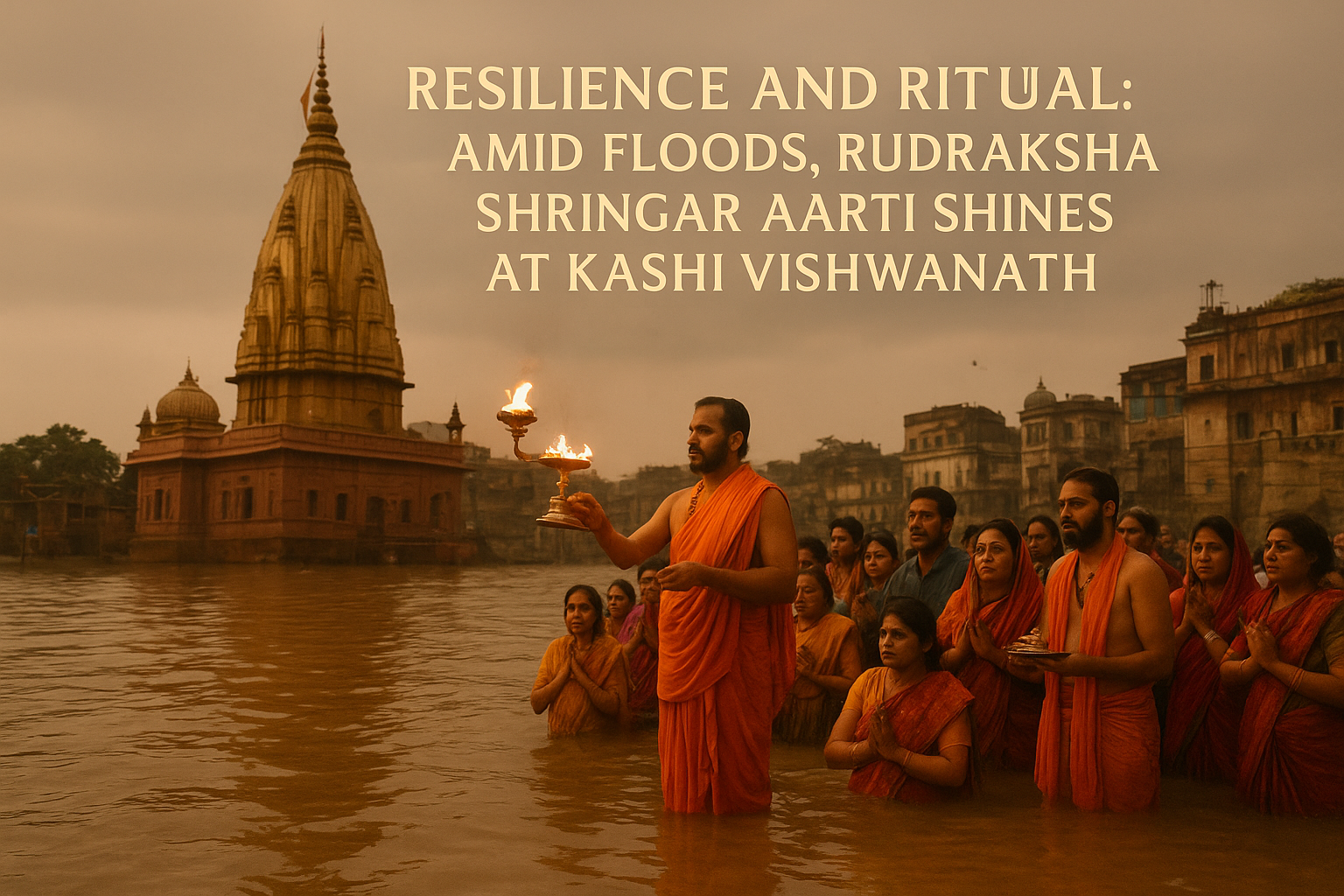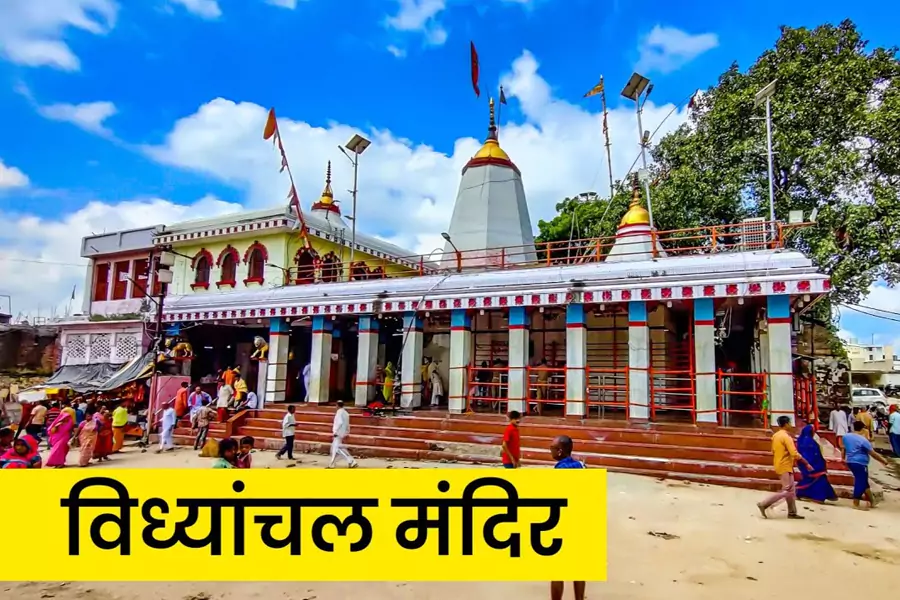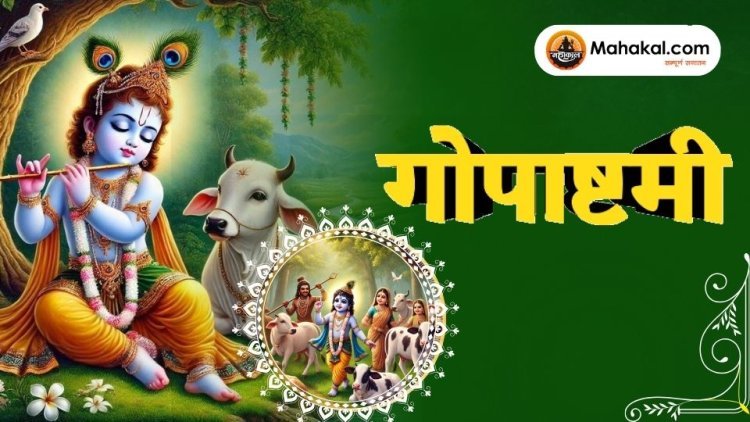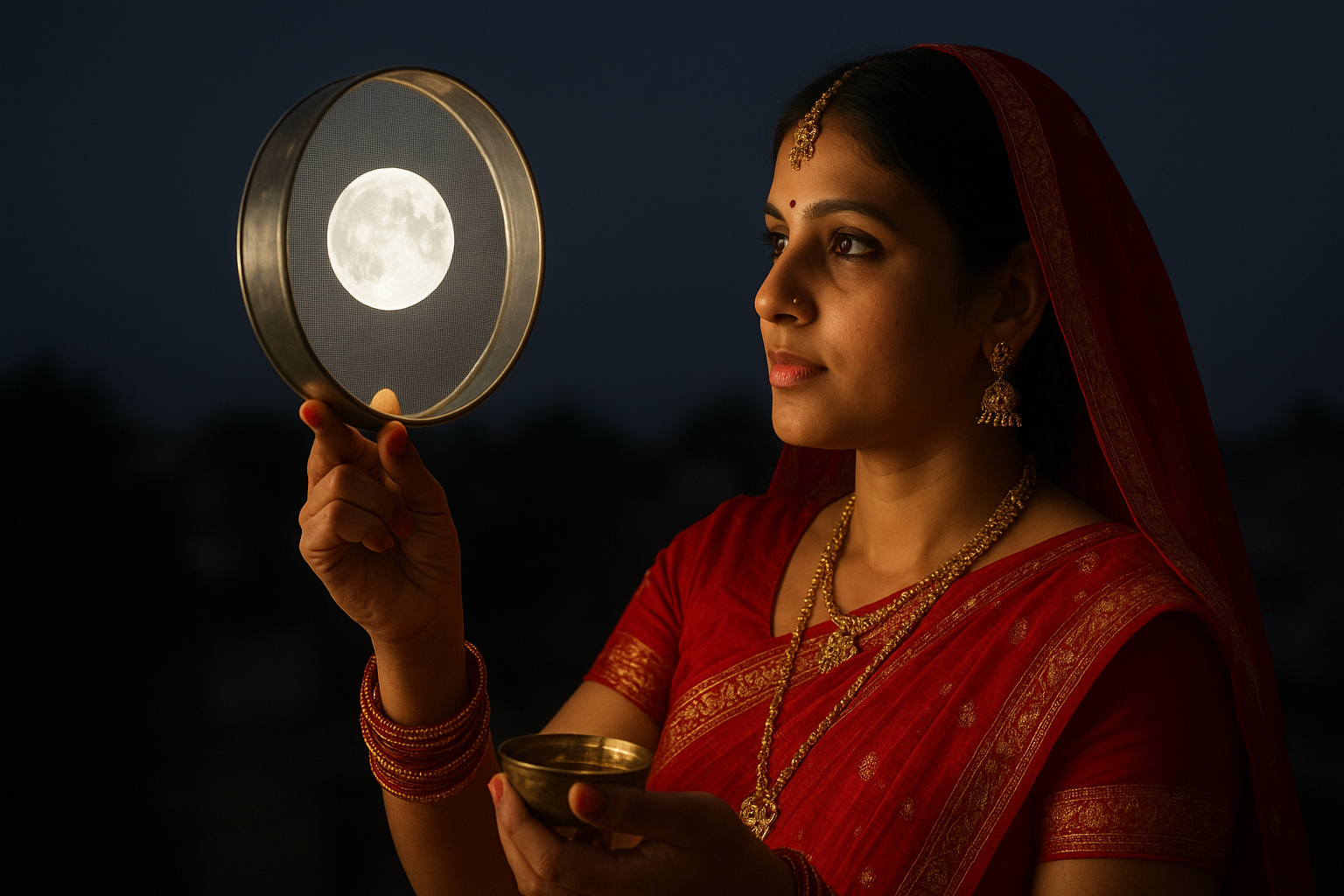Amid Floods, Rudraksha Shringar Aarti Shines at Kashi Vishwanath
In the ancient city of Varanasi, where the sacred Ganga flows with eternal rhythm, faith stands taller than any natural adversity. The recent floods that engulfed parts of the city posed serious challenges, yet the Rudraksha Shringar Aarti at the Kashi Vishwanath Temple continued to radiate spiritual light. This resilience is a powerful reminder that while nature may test human endurance, devotion remains unshakable.
The aarti, adorned with sacred rudraksha beads symbolizing Lord Shiva’s cosmic energy, became a beacon of hope for thousands of devotees. Despite the rising waters and logistical hurdles, the ritual emphasized a message of sustainability, faith, and perseverance.
The Sacred Significance of Kashi Vishwanath Temple
Historical Legacy
Kashi Vishwanath Temple, dedicated to Lord Shiva, has stood for centuries as a symbol of devotion and spiritual enlightenment. One of the 12 Jyotirlingas, it attracts millions of devotees each year. Its resilience through invasions, reconstructions, and natural calamities reflects the undying power of faith.
Symbolism of Jyotirlinga in Hinduism
The Jyotirlinga represents the infinite cosmic pillar of light, symbolizing Lord Shiva’s formless nature. Worshipping the Jyotirlinga during adversity holds special significance, reinforcing the idea that divine light endures even when the world outside is turbulent.
Floods in Varanasi: An Annual Challenge
Causes of Flooding in Varanasi
Heavy monsoon rains combined with rising water levels of the Ganga and its tributaries often lead to flooding. Poor drainage and urban congestion exacerbate the problem.
Impact on Pilgrims and Local Communities
Floods disrupt daily life, displace families, and make access to temples difficult. Yet, despite these challenges, pilgrims continue to throng Kashi Vishwanath, undeterred in their quest for spiritual fulfillment.
Previous Instances of Flood-Affected Worship
Historical records and local anecdotes reveal that rituals have often continued during floods. Temporary arrangements, elevated platforms, and priestly determination ensured worship never ceased.
The Rudraksha Shringar Aarti: A Divine Tradition
Origins and Symbolism of Rudraksha
Rudraksha beads, believed to have emerged from Lord Shiva’s tears, hold immense spiritual power. Symbolizing purity, strength, and connection to the divine, they are integral to Shaivite traditions.
Ritual Process of Rudraksha Shringar Aarti
During the aarti, the Jyotirlinga is adorned with rudraksha beads, flowers, and sandalwood paste. Priests chant Vedic hymns as flames from ghee lamps illuminate the sanctum, invoking divine blessings.
Spiritual Importance for Devotees
For devotees, witnessing the Rudraksha Shringar Aarti amid adversity is more than a ritual—it is a reaffirmation that faith triumphs over fear, and devotion outlasts disaster.
Pilgrims’ Experience Amid Floods
Emotional Devotion and Determination
Many devotees described their experience as once-in-a-lifetime—witnessing the Rudraksha Aarti amid floods reinforced their spiritual bond with Shiva.
Stories of Pilgrims Braving Challenges
From elderly pilgrims walking barefoot in floodwaters to families traveling long distances, countless stories highlight resilience and devotion.
Faith as a Source of Strength
For many, the aarti was not just a ritual but a spiritual anchor, reminding them that faith provides strength in life’s toughest battles.
Government and Community Support
Relief Measures During Floods
The government arranged boats, medical camps, and shelters to support residents and pilgrims during the floods.
Role of Local NGOs and Volunteers
NGOs distributed food, water, and eco-friendly offerings, ensuring rituals remained sustainable.
Coordinated Efforts to Keep Rituals Alive
Joint efforts by authorities, priests, and locals demonstrated the community’s dedication to faith and resilience.
Challenges Faced in Maintaining Rituals During Floods
Health and Hygiene Concerns
Floods increase the risk of waterborne diseases, requiring strict hygiene measures in temple areas.
Infrastructure and Accessibility Issues
Blocked roads and submerged pathways made accessibility a challenge, requiring innovative solutions.
Balancing Devotion with Practical Safety
Temple authorities had to balance devotees’ zeal with practical safety measures, ensuring rituals continued without endangering lives.
The Spiritual Lessons from Flood-Affected Worship
Endurance and Devotion
The continuation of rituals teaches resilience—that faith sustains communities during crises.
Lessons of Detachment and Perseverance
Floods remind humanity of impermanence, while devotion emphasizes perseverance through challenges.
Nature’s Reminder of Humility
The floods highlight nature’s power, urging humans to live with humility and respect for the environment.
Future Roadmap for Kashi Vishwanath Temple During Floods
Infrastructure Resilience
Developing elevated walkways, waterproof sanctum measures, and disaster-ready facilities will safeguard rituals.
Disaster Preparedness Plans
Preparedness through training, stockpiling essentials, and emergency plans can ensure uninterrupted worship.
Technology in Safeguarding Rituals
Using drones for monitoring, AI-based crowd management, and digital aarti streaming can enhance resilience.
How Pilgrims Can Participate Safely During Floods
Following Guidelines from Authorities
Pilgrims must heed safety instructions, use designated routes, and avoid risky areas.
Using Eco-Friendly Offerings
Rudraksha beads, natural flowers, and biodegradable items ensure rituals remain environmentally friendly.
Virtual Participation for Devotees Abroad
Live-streaming of aarti allows devotees worldwide to participate spiritually, even if they cannot visit in person.
Conclusion: Faith, Resilience, and the Eternal Light of Shiva
The Resilience and Ritual: Amid Floods, Rudraksha Shringar Aarti Shines at Kashi Vishwanath narrative is more than an account of rituals—it is a testimony of unwavering devotion. As the sacred flames continue to dance despite the floods, the message is clear: faith endures, rituals persist, and Shiva’s light shines eternally.
This resilience symbolizes the harmony between nature and spirituality, reminding humanity that devotion is not deterred by adversity but strengthened by it. The Rudraksha Shringar Aarti is not just a ritual—it is a beacon of hope, sustainability, and spiritual perseverance.












Leave a Reply